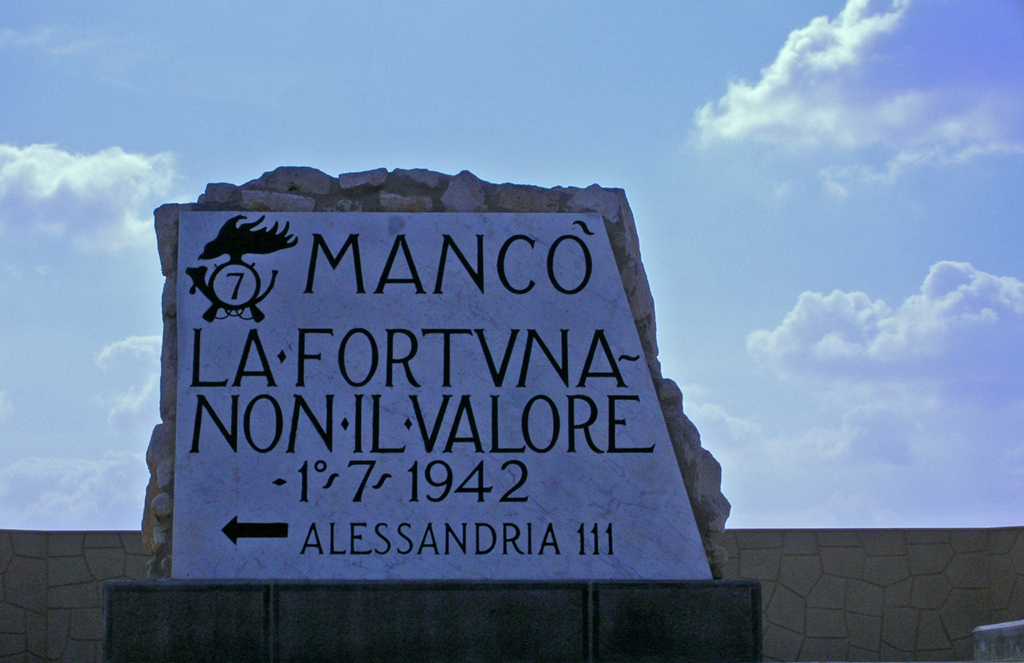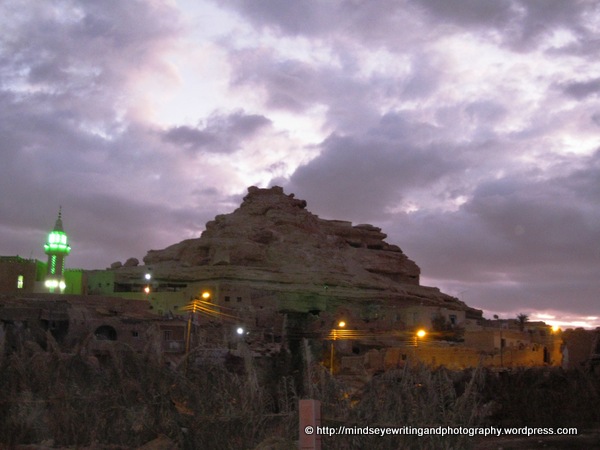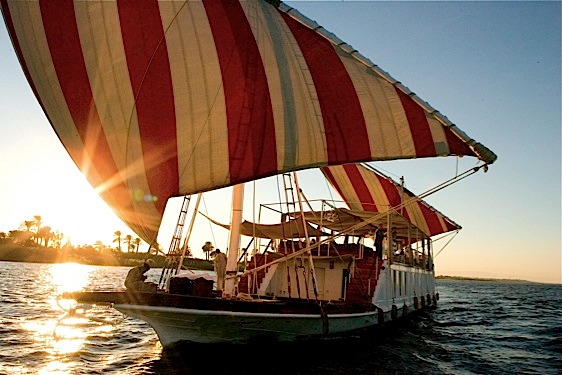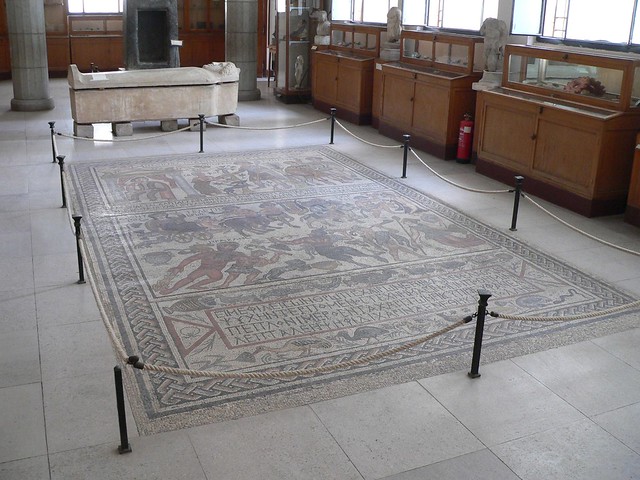By Islam El Shazly and Sue Ryan
This latest edition of 101 Places to Take your Family in Egypt has been a long time in the making. Halfway through working on the content our site was attacked by a massive BotNet that targeted websites running on WordPress, we were one of the unlucky ones, and the site was defaced. Alhamdulillah, the damage was repairable and we managed to get the site back online within a few days, but we were working behind the scenes to secure the website against any further future attacks, and insha’Allah we will do our best to prevent that insha’Allah.
Thank you for your patience…
This edition features some great popular destinations and activities, like the Nile Cruise, Siwa, and the Cairo Citadel; as well as some lesser visited places (for tourists that is) like the city of Ismailiya by the Suez Canal, and the WWII museum in the north coast of Egypt at El-Alamein.
Each of these destinations has a distinctive flavour that is not to be compared with the others, each of them is very special in their own way. From the mediaeval ramparts of Salah El-Deen’s castle to the bloody history of Egypt’s involuntary involvement in WWII, the great dunes and lush fields of Siwa, to the serenity of gently gliding up (or down) the Nile on a ship and the enchantment of a city tat is like no other in Egypt; each one of these destinations is bound to give you a great vacation and leave enough of an impression for you to bring your family back again for more.
You can visit the other editions by following these links: 01-05, 06-10, 11-15, 16-20, 21-25.
26 – El-Alamein War Museum, North Coast

Commemorative stone put up by the 7th Bersaglieri Regiment on the road from Alexandria to El Alamein at the high-water mark for the Italian advance. The inscription reads: Mancò la fortuna, non il valore (A failure of fortune, not of valour). By Acad Ronin, Wikipedia Commons.
Two of the most decisive battles of WWII took place in the north coast of Egypt, as part of the Western Desert Campaign. The First Battle of El-Alamein (1–27 July 1942) between the Allied forces commanded by General Claude Auchinleck, and the Axis commanded by Field Marshal Erwin Rommel, was a stalemate but it halted a second advance by the Axis forces into Egypt. The Second Battle of El-Alamein (23 October – 11 November 1942) was later needed to end the Axis threat in North Africa once and for all, and it was the very first battle where the Allied Forces were victorious since the onslaught of WWII. The Axis were led by Field Marshal Erwin Rommel, and the Allies led by Lieutenant-General Bernard Montgomery.
Egypt, as the rest of North Africa, had no stake in the war, but was, however, under British occupation and as such took part.
The museum was built in 1956 to commemorate the events of the two battles, and it is a must for war history buffs, as it sheds light on a side of the war that is rarely seen in documentaries or movies. It was renovated and expanded in 1992, and it has 5 halls: The Egyptian Hall, The Italian Hall, The German Hall, The British Hall, and the Mixed Hall. There’s also an open air display on the grounds of the museum showcasing some of the gears of war.
Tip: The children will love all the weapons and the displays, just make sure everyone has hats for the outdoors. And don’t forget to take dip in the crystal-clear waters of the Mediterranean afterwards!
Address: Km 105, Alex-Matrouh Desert Rd., El-AlameinOpening Hours: 9 am – 4 pmTicket Price(s): 10 EGP (Regular), 5 EGP (Student)27 – Siwa Oasis, Western Desert

The Mountain of the Dead with its rock-cut tombs at dusk. by Susan Ryan, Mindseye Writing and Photography.
Siwa Oasis is the most westerly of Egypt’s oasis, about 725 km from Cairo, with Libya just 50 km away. It is worth the trek even if your children usually ask “are we there yet?” after an hour of travelling. Reaching Siwa takes between eight and 10 hours by bus or car from Cairo, but if you break the journey up with stops in Alexandria and Marsa Matrouh you will better appreciate the variety of landscapes you pass through. If you have four days or more for your Siwa trip, it is ideal to have a day in one of those coastal cities before your immersion in desert for the last four hours of travel.
There’s tonnes of activities and places to do and see in Siwa, and it’s only fair to dedicate an entire post just for that; however, here are the highlights: the 13th Century fortress town of Shali for its commanding views across the oasis, the rock-cut tombs dating back to Ptolemaic and Roman periods, the Oracle of Amun, and a dip in the Cleopatra Spring.
This is an abridged version of a wonderful post about Siwa written by our series contributor Sue Ryan: SIWA: THE FIELD OF TREES.
Tip: swimming costume and towel, warm clothes for winter nights, binoculars for watching the birds, frogs in the canals, and the views, an astro-map for identifying stars in the clear night skies.
28 – The Citadel of Salah El-Deen, Cairo
The mention of Salah El-Deen evokes images of an almost mythical proportions; not a lot of kings, sultans or generals have ever achieved such status in both the west and the east at the same time. As heroic and powerful as he was, he was also a very humble man, a trait that is a rarity for people in power.
The Citadel was built between 1176-1183 as a royal residence and military barracks, and it remained as such throughout its history for the Ayyubid dynasty, the Mamluk dynasties, the Ottoman viceroys, and the Khedival rulers of Egypt from the twelfth to the nineteenth centuries CE. The last Khedive to live in it was Khedive Ismail, who moved to the Abdin Royal Palace in the 1860s.
The Citadel is home to three mosques: the 14th century CE hypostyle Al-Nasir Muhammad Qala’un Mosque, the 16th century CE Mosque of Suleyman Pasha, and the 19th century CE Mosque of Mohamed Ali Pasha. It also houses four museums: Al-Gawhara Palace Museum, the Carriage Museum, the Egyptian Military Museum, and the Egyptian Police Museum, all worth a stop and visit.
Tip: The castle is vast and could easily consume an entire day for a visit, although some tour guides included it on the same day as a trip to the pyramids, something I found terribly exhausting and doesn’t do the site any justice. A visit split over two days would be ideal to see everything. The outdoor areas don’t offer much shade so don’t forget your hat or water; and do watch for your children not to wander off, they can easily get lost.
29 – Nile Cruise, Luxor/Aswan
Not enough can be said about the amazing relaxing effect of a quality Nile Cruise; the gentle swaying of a ship along the Nile, the contrasting views of the lush east bank of the Nile and the desert western bank, that’s not to mention the majestic Ancient Egyptian edifices that jut out of the landscape here and there all the way south. Breathtaking.
Nile Cruise were started a long time ago by Thomas Cook and his son in the 1880’s, back then they could take up to a month, since they mostly started all the way from Cairo to Aswan and Nubia, some even went all the way to Halfa in Sudan, back then Sudan and Egypt were one country!
These days you can go on a cruise between Luxor and Aswan in either direction, and it is equally impressive. There are several different operators, some at the very high end of luxury, operating Dahabiyas (19th century restored sail ships) and steamers, others vary between 3 and 5 stars. Most will have the same itineraries for stopovers and visits, however, choosing the right one will definitely make a difference in the level of enjoyment.
Personally I recommend going from Luxor to Aswan, this way you can spend your last day of the cruise in Aswan and do a bit of discovery on your own; you’d be amazed what you can find there!
Tip: Days start very early on Nile Cruises, especially when docked, there’s a great deal to see and a lot of hiking that goes with it. Keep well hydrated whether the cruise is in the winter or the summer, but even more so in the summer. A hat will come in very handy out in the open. The children will have a blast of a time exploring temples and being on the ship, but do be careful and always keep an eye on them.
30 – The City of Beauty and Enchantment, Ismailiya
If any city in Egypt deserves such a title — The City of Beauty and Enchantment — then it has to be Ismailiya, with it’s beautiful colonial architecture, leafy neighbourhoods, and abundant gardens and greenery. Not to mention the views out to the Suez Canal and the many lakes in its vicinity.
It was founded in 1863, during the construction of the Suez Canal, by Khedive Ismail the Magnificent, after whom the city is named. Most of the city was built to accommodate the Suez Canal French and British staff and officials, and that’s what gives the city its special flavour.
There are lots to be done and many places to see here, from lounging and windsurfing at Lake Temsah — Crocodile Lake, be at ease no crocodiles here — to lazily watching the ships sail by in the Suez Canal and fishing. Ismailiya also is home to one of the oldest museums in the country, built in 1911 and houses collections from Ancient Egypt all the way through to the 19th century CE; and it also has several ruins in the surrounding area, some of which date back to pre-dynastic Egypt. There are several ongoing archaeological digs in the area.
Tip: Ismailiya is a 90 minute drive from Cairo, which makes it a great for a day trip or maybe an overnight stay, alternatively, you can spend three to four days there and have a complete wind down and watch the world go by.
——————————————————————————————
Susan Ryan is an Australian born writer and photographer.
“I first visited Egypt in 1993 and I fell in love with this extraordinary place and its people during repeated visits. In November 2010, I moved to live in Siwa Oasis on the far west of the Sahara. In January 2012, I moved to Sinai and the Red Sea, on the other side of Egypt. I continue my work as a writer about architecture, design, travel, culinary explorations and cultural exchange. You can see more of my writing and photographs at Mind’s Eye Writing and Photography and my just born blog on Egyptian food Delicious Egypt.”
Susan also publishes a blog dedicated to Siwa, Sinai and the desert “Siwa Soul” and has an official page for Mind’s Eye Writing and Photography on Facebook.
Tags: Aswan, Cairo, El-Alamein, Featured, Ismailiya, Khedive Ismail, Luxor, Matrouh, Museum, Nile Cruise, Saladin, Salah El-Deen, Siwa, Suez Canal, WWII











